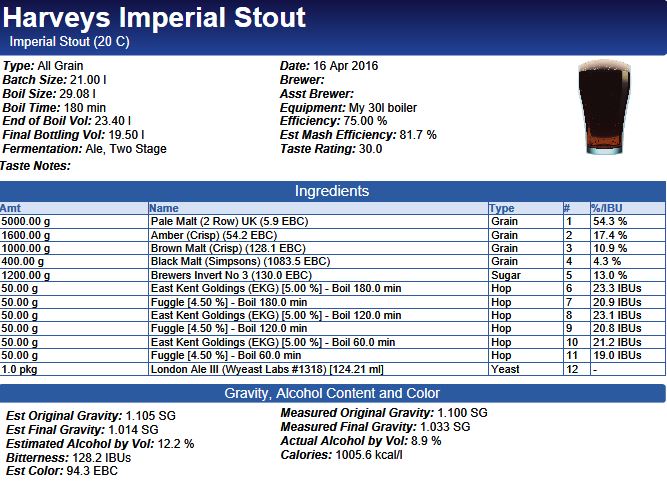MaryB
Well-Known Member
Batch with the 2 row was very tasty, yes it had a nice biscuit background but it wasn't over whelming. The extra dark crystal was the dominant malt actually. Put a bottle with the golden promise in the fridge tonight to taste test tomorrow. See how it is carbing up mainly... taste testing the hydrometer sample it seemed sweeter than the 2 row.



































![Craft A Brew - Safale S-04 Dry Yeast - Fermentis - English Ale Dry Yeast - For English and American Ales and Hard Apple Ciders - Ingredients for Home Brewing - Beer Making Supplies - [1 Pack]](https://m.media-amazon.com/images/I/41fVGNh6JfL._SL500_.jpg)





















